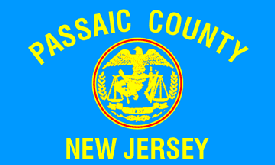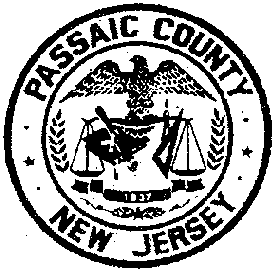"The entrance ramp to Interstate 80 eastbound at Route 19 tends to become wet and icy creating a potential hazard for motorists," notes NJDOT Commissioner Kris Kolluri. "The NJDOT's installation of SafeLane technology is designed to reduce crashes at this site and improve safety and mobility." NJDOT records show that there were 137 vehicle crashes on the ramp from 2000-2002 the latest data available.
New Technology For Making Roads And Bridges Safer In Winter Comes to Metro N.J.
Wednesday, October 11, 2006
The seasons are changing, and that means motorists in New Jersey, New York, and across the East Coast will soon need to watch out for ice, snow, and other hazards that fall and winter driving can bring. Each year, adverse weather conditions contribute to an average of 1.4 million car accidents in this country resulting in 7,000 deaths, more than 600,000 injuries, and $42 billion in economic loss according to the National Oceanic and Atmospheric Administration.This fall the New Jersey Department of Transportation (NJDOT) is trying something new. The SafeLane(TM) Surface Overlay system was installed just after Labor Day, on Wednesday night, September 6, on the entrance ramp for Interstate 80 East at the Route 19 interchange in Paterson, N.J. This will be the first test site in New Jersey, and the first in the metro New York area, for this new technology which is licensed and marketed by Minnesota-based Cargill.
Here's how it works: SafeLane is made up of a patented combination of epoxy and aggregate rock. Transportation departments "charge" the surface with standard liquid anti-icing chemicals before frost or ice storms are expected. The SafeLane overlay acts like a rigid sponge, storing the chemicals inside, and then automatically releasing them as conditions develop for the formation of ice or snow. The result is safer roads with better mobility and less maintenance, because the overlay helps prevent frost or ice from ever forming on road or bridge surfaces, and keeps releasing the anti-icing chemicals over multiple events. "Billions of tax dollars are spent each year to preserve and maintain roads and bridges. SafeLane can extend the life of roads and bridges by acting as a sealant that reduces the effects of chloride and water intrusion. More importantly, it can reduce accidents and save lives," says Bob Persichetti, general manager for SafeLane Surface Overlay.
"The entrance ramp to Interstate 80 eastbound at Route 19 tends to become wet and icy creating a potential hazard for motorists," notes NJDOT Commissioner Kris Kolluri. "The NJDOT's installation of SafeLane technology is designed to reduce crashes at this site and improve safety and mobility." NJDOT records show that there were 137 vehicle crashes on the ramp from 2000-2002 the latest data available.
SafeLane is new technology unlike anything now being used. The Federal Highway Administration, as part of its Innovative Bridge Research and Construction program, recently awarded more than $550,000 to four states to help finance SafeLane installations.
An analysis of SafeLane's performance during the 2005-2006 winter season found no weather-related accidents at all nine test sites studied. In many cases, this contrasted with multiple accidents on nearby untreated stretches of road or bridge deck. Almost all of the treated sites had a history of winter weather accidents. The analysis was conducted by leading snow and ice control authority Wilfred Nixon, president of Asset Insight Technologies and a professor of engineering at the University of Iowa. Nixon's report concludes SafeLane provides benefits in both safety and mobility under winter storm conditions, and those benefits may be attained with less chemicals. A copy of the report, commissioned by Cargill, is available online.
Transportation departments have been using epoxy overlays for three decades to extend the life of bridges by minimizing water seepage and intrusion of corrosive agents like chlorides. The Virginia Transportation Research Council's Michael Sprinkel, a national expert in the design, construction and evaluation of epoxy overlays, notes that SafeLane(TM) provides all the benefits of standard epoxy overlays. "However," Sprinkel adds, "the specific aggregate-chemical combination in SafeLane(TM) has the additional benefit of minimizing snow and ice-related crashes as well."
Send an e-mail message with a link to this article to anyone/everyone in your address book. Click on e-mail [envelope] icon, below |





0 Comments:
Post A Comment